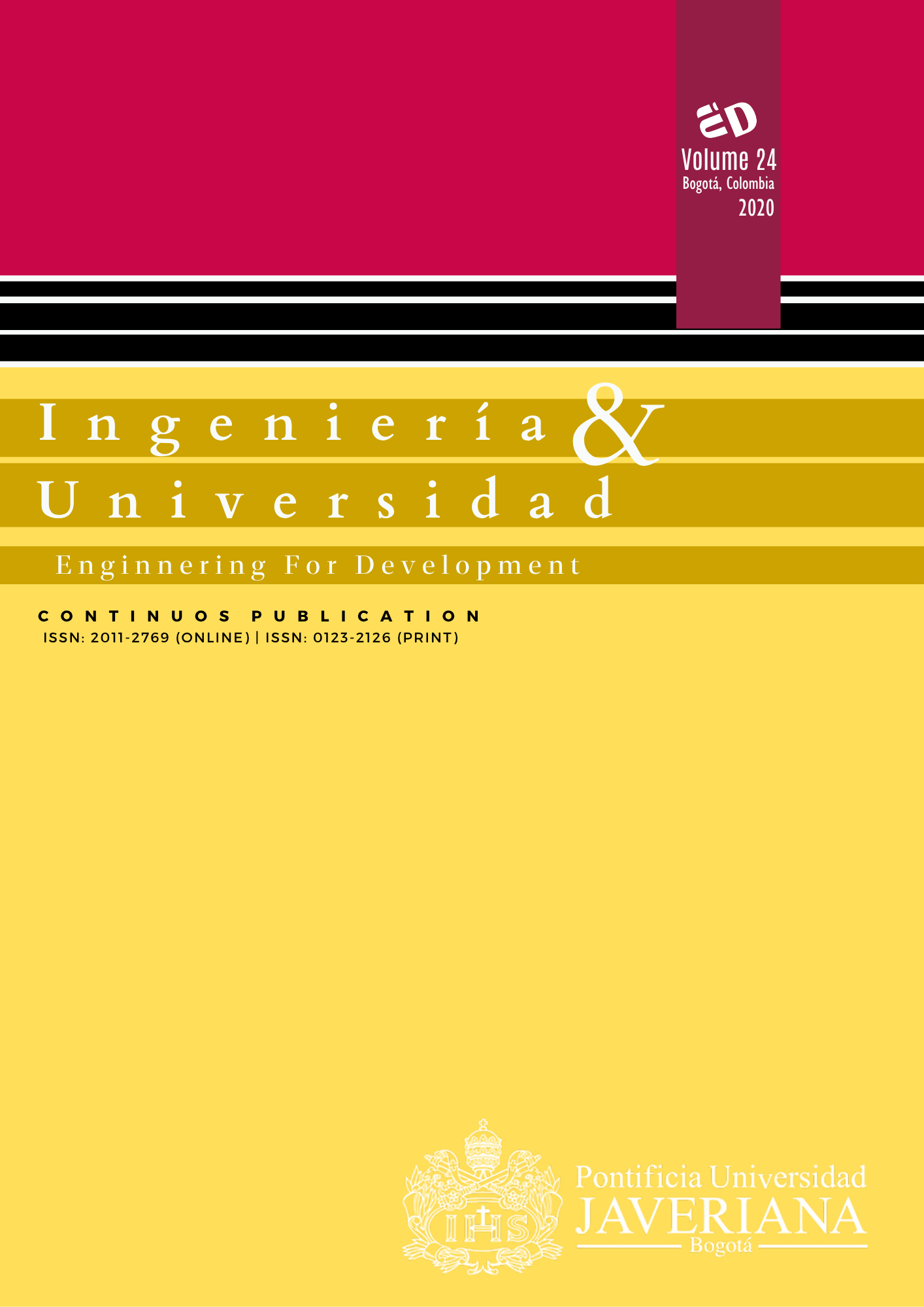Abstract
In this paper, optimization algorithms are used to solve a batch assignment problem of parallel processing furnaces in American Glass Products (AGP), a world leader company in the design and manufacturing of curved armored glass for transportation purposes. The problem consists in optimizing the bending process, which is considered to be the bottleneck workstation in the armored glasses production line in AGP. The objective is to maximize the efficiency of the furnaces and minimize the tardiness delivery of orders. Due to the complexity and constraints of the problem, we developed a proper dispatch algorithm and a Tabu search technique. The results are encouraging: the indicators of furnace usage hours and tardiness delivery improved by 32 % and 7 %, respectively compared to the decisions made in the plant during an actual production week. This work was the winner of an operation research challenge between around 100 graduate students. The challenge was organized by Javeriana University and AGP.
P. Brucker, K. Mikhail, and Y. Shafransky, “Batch scheduling with deadlines on parallel machines,” Ann. Oper. Res., vol. 83, pp. 23–40, 1998. doi: 10.1023/A:1018912114491
L. Mönch, H. Balasubramanian, and J. Fowler, “Minimizing total weighted tardiness on parallel batch process machines using genetic algorithms,” in Operations Research Proceedings 2002. Berlin: Springer, 2003, pp. 229–234. doi: 10.1007/978-3-642-55537-4_37
T.-C. Chiang, H.-C. Cheng, and L.-C. Fu, “A memetic algorithm for minimizing totalweighted tardiness on parallel batch machines with incompatible job families and dynamic job arrival,” Comput. Oper. Res., vol 37, no. 12, pp. 2257–2269, 2010. doi: 10.1016/j.cor.2010.03.017
A. Klemmt, G. Weigert, C. Almeder, and L. Mönch, “A comparison of mip-based de-composition techniques and vns approaches for batch scheduling problems,” Proc. 2009 Winter Sim. Conf. (WSC), pp. 1686–1694, 2009. doi: 10.1109/WSC.2009.5429173
A. Bilyk, L. Mönch, and C. Almeder, “Scheduling jobs with ready times and pre-cedence constraints on parallel batch machines using metaheuristics,” Comput. Ind. Eng., vol. 78, 175–185, Oct. 2014. doi: 10.1016/j.cie.2014.10.008
R. Gokhale and M. Mathirajan, “Minimizing total weighted tardiness on heterogeneous batch processors with incompatible job families,” Int. J. Adv. Manuf. Tech., vol. 70, pp. 1563–1578, 2014.
M. Amouie, Minimizing Total Weighted Tardiness for Non-Identical Parallel Batch Processing Machines. DeKalb, IL: Northern Illinois University, 2014.
M. Hulett, P. Damodaran, and M. Amouie, “Scheduling non-identical parallel batch processing machines to minimize total weighted tardiness using particle swarm optimization,” Comput. Ind. Eng., vol. 113, pp. 425–436, 2017. doi: 10.1016/j.cie.2017.09.037
A. Lozano and A. Medaglia, “Scheduling of parallel machines with sequence dependent batches and product incompatibilities in an automotive glass facility,” J. Scheduling, vol. 17, no. 6, pp. 521–540, 2014. doi:10.1007/s10951-012-0308-7

This work is licensed under a Creative Commons Attribution 4.0 International License.
Copyright (c) 2020 Felipe Mora, BSc, Rabie Nait Abdallah, PhD, Alvaro J. Lozano, MSc, Carlos Montoya, PhD, Ricardo Otero-Caicedo, MSc



